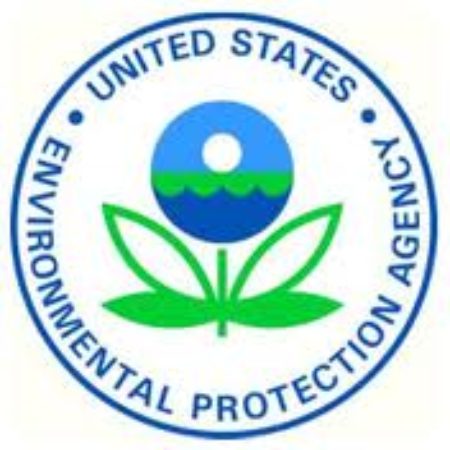
During the week of August 18, 2014, I addressed the Iowa Drainage District Association regarding EPA’s proposed definition of “Waters of the United States.” The meeting in Ft. Dodge, Iowa, allowed farmland owners to learn about EPA’s proposal.
I found the attendees had done their homework on the EPA proposed rule.
My role was to discuss the EPA proposed rule and its impacts. This is the type of meeting EPA’s Administrator Gina McCarthy should attend, to find out what her Agency may be doing to production agriculture.
IDDA is a non-profit and seeks to promote the benefits of drainage districts and levee districts and safeguards the rights and privileges of the districts as provided by Iowa law.
Related: EPA Administrator McCarthy’s Myths and Misinformation
The leaders of IDDA passed out an EPA document which was the subject of derision. EPA’s document, aimed at farmers, claims EPA is seeking to reduce confusion about Clean Water Act protections; clarifies types of waters covered under the CWA; saves businesses time and money; provides more benefits to public than costs and helps states to protect their waters.
The individuals I spoke to simply do not believe EPA is telling them the truth. (Remember the line, if you like your doctor you can keep your doctor?)
In addition to my presentation, three individuals spoke from an Iowa perspective. One was from the Agribusiness Association of Iowa, another was a manager with the Division of Soil Conservation from the Iowa Department of Agriculture and a representative from the Iowa Farm Bureau.
All the Iowa representatives disagreed with EPA’s assertion that the new definition of “water” would not expand federal control over land and water resources in Iowa. They all believed that EPA’s new proposed rule would trigger substantial additional permitting and regulatory requirements.
In a handout from the Waters Advocacy Coalition, it was asserted that EPA’s proposed rule “…provides essentially no limit to CWA federal jurisdiction.” The WAC talking points claim that EPA’s revised definition of WOTUS will adversely affect jobs and economic growth.
The handout declared “The potential adverse effect on economic activity and job creation in many sectors of the economy has been largely dismissed by the agencies (EPA and Corps of Engineers) and certainly are not reflected in EPA’s highly flawed economic analysis for the proposed rule.”
The attendees were also advised in the WAC paper that EPA’s proposed rule will cover many small ditches which are remote and carry only minor volumes of water.
The papers handed out at the IDDA meeting were clear on the point that EPA’s proposal provides “…no meaningful limit to federal jurisdiction.” The IDDA meeting presenters told the attendees that if EPA’s rule is adopted, the Iowa Nutrient Reduction Strategy would grind to a halt.
Permits for repairs?
A new issue was raised that I had not considered in my columns on this proposed rule. The drainage leaders believe EPA’s proposed rule may require CWA permits for drainage repairs and improvements which would take control of drainage districts away from trustees and county supervisors, in violation of Iowa law.
Attendees were also told that EPA’s proposed rule will create a “…disincentive to adopt conservation practices by farmers and landowners due to the cost of time and paperwork.”
Iowa farmers along with directors and trustees of drainage districts are educating themselves on what they believe are the massive negative consequences of EPA’s revised definition of WOTUS. If producers in your area have not begun to address EPA’s expansion of control over your land and water resources, I suggest you contact the IDDA because it is looking into the future and does not like what it sees regarding EPA’s effort to control agricultural production in Iowa.
A representative from the Iowa Farm Bureau explained its effort to educate farmers as to the forthcoming dangers and described the efforts called “Ditch the Rule”. If the rule is not ditched, tillage and animal agriculture may face a difficult future.
All comments on EPA’s proposed rule are due by October 20, 2014.
(This article first ran in Farm Future on August 26, 2014.)







